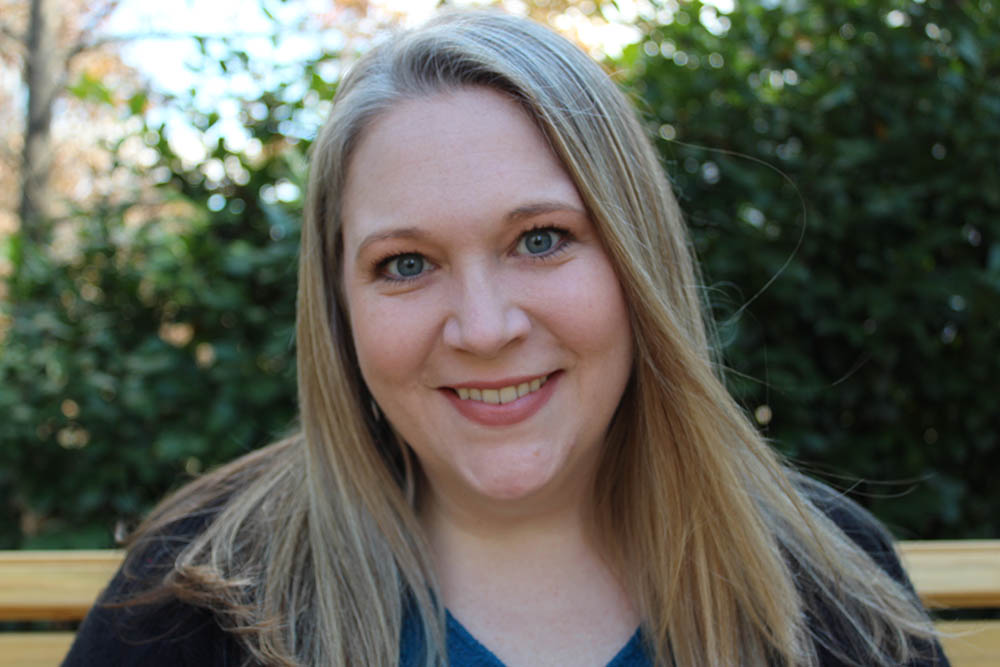‘Princess Myth’
Professor Uncovers Ties Between Animated Princesses and Eating Disorders
BY LANDON MION
KENNESAW, Ga. (Dec 2020) — Erin Ryan, professor of communication in the Norman J. Radow College of Humanities and Social Sciences, dove into the world of animated characters, specifically Disney princesses, during a recent year-long case study. She examined how their persona negatively impacts the physical and mental health of young girls.
“There has always been this push to make a princess look a certain way,” Ryan said. “The ‘Disneyfied’ princess always appears thin, delicate, small waisted with delicate limbs, as well as having a very pale complexion and big eyes. I think this unrealistic depiction draws a lot of people to the idea of wanting to look like a princess.”
 Ryan, also assistant director of KSU’s media and entertainment program in the School of Communication and Media, said that these animated characters give children a warped idea of how they are
expected to look, prompting an internalized idea of what is known as the “princess
myth.” Trying to live up to these expectations is physically impossible because the
characters are animated.
Ryan, also assistant director of KSU’s media and entertainment program in the School of Communication and Media, said that these animated characters give children a warped idea of how they are
expected to look, prompting an internalized idea of what is known as the “princess
myth.” Trying to live up to these expectations is physically impossible because the
characters are animated.
“When we see the same narratives and the same people being represented over and over again, we start to believe that society embraces the world we see on TV or film,” she said. “When we compare ourselves to that, we are always going to find ourselves lacking, which makes us feel bad about ourselves and wanting to improve. Unfortunately, that leads us down very unhealthy paths.”
Ryan conducted this research on the ‘princess myth’ and its impacts on eating disorders by following one girl’s Twitter feed over the course of a year. She said the girl’s tweets were very specific, pertaining to her body and her eating disorder.
Ryan noted that the tweets were very negative, describing the girl’s harmful and unhealthy coping mechanisms, which oftentimes included animated character references, such as putting the razors she used to cut herself in a Tinker Bell box. She also carved a crown into her leg, which Ryan said is a reminder that the girl is trying to live up to the “princess myth.” The girl tweeted doctored photographs of Disney princesses with scars from cutting.
 “It is hard to live up to an Instagram model or fitness person who probably gets to
devote most of their day to diet and exercise, even if they are doing it in a healthy
way,” she said. “When you start looking at girls who compare themselves to Disney
princesses, these are animated characters. They are setting themselves up to fail
before they even start.”
“It is hard to live up to an Instagram model or fitness person who probably gets to
devote most of their day to diet and exercise, even if they are doing it in a healthy
way,” she said. “When you start looking at girls who compare themselves to Disney
princesses, these are animated characters. They are setting themselves up to fail
before they even start.”
Ryan said that actresses and models with a certain body type are usually Hollywood’s ideal beauty standard. Girls are starting to diet as early as five-years-old in hopes of achieving this look. It is difficult to get the message across that these standards are unattainable but when animated characters come into question, the problem becomes even worse.
Ryan explained that there are millions of girls and boys who suffer from anorexia and bulimia, and the access to media starts very young. She thinks the best way to counter these unrealistic images is for parents and caregivers to talk with their children, which can help mediate the effects that too much immersion can have on children.
“I think the ideal solution to this problem would be the film industry depicting characters that look more like children,” Ryan said. “The characters should look more like ‘Dora the Explorer’ than a Barbie doll. I think that would make a big difference, especially when kids are young and so impressionable.”
“Gatekeeping and parental mediation are important because Hollywood is going to continue to develop movies and TV shows that will make them the most money,” Ryan said.











